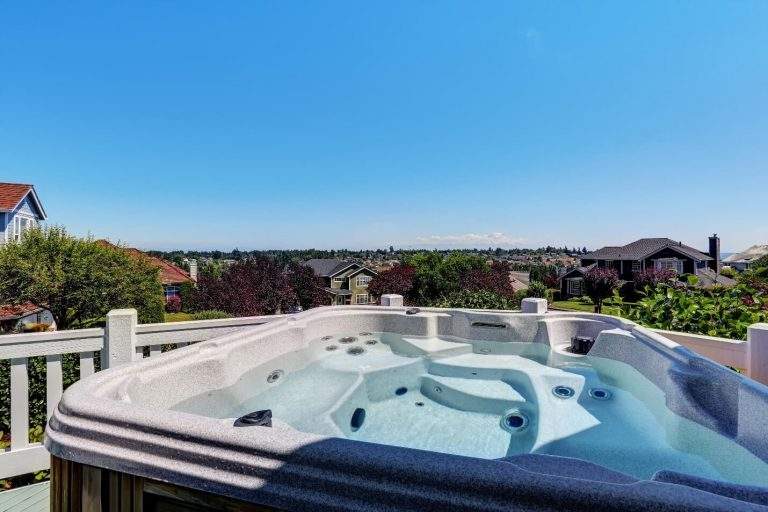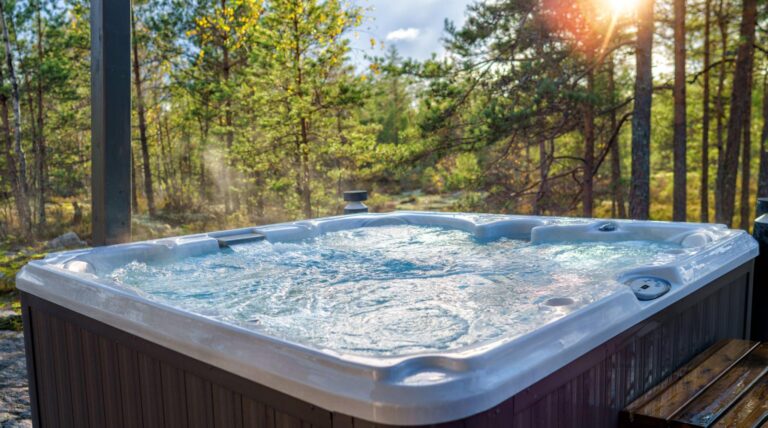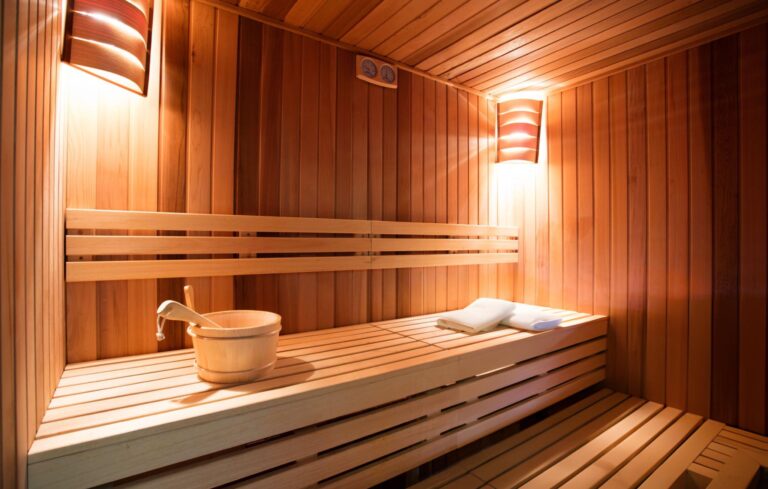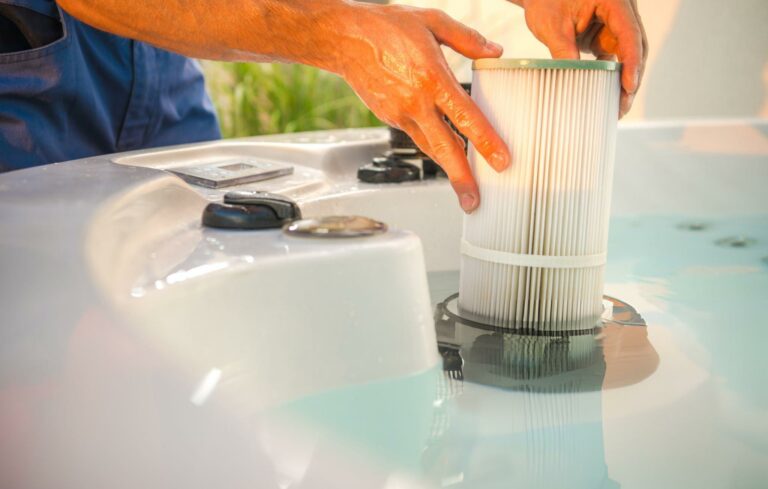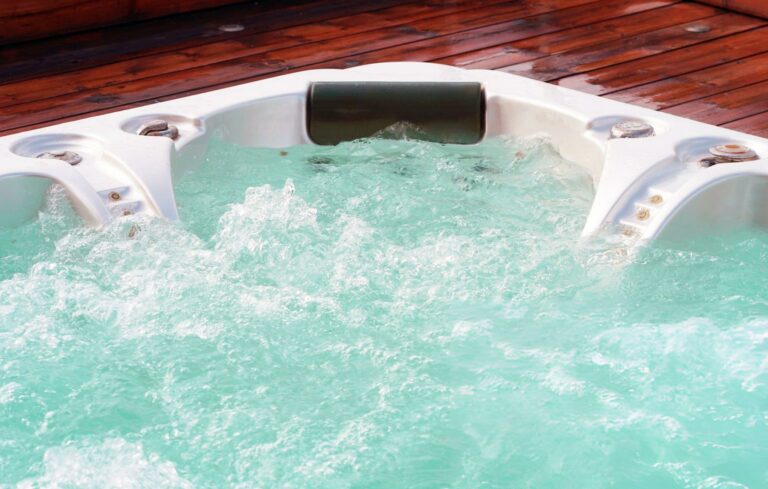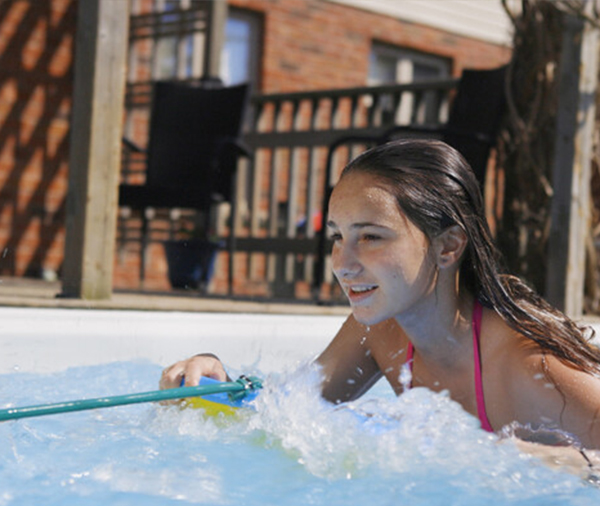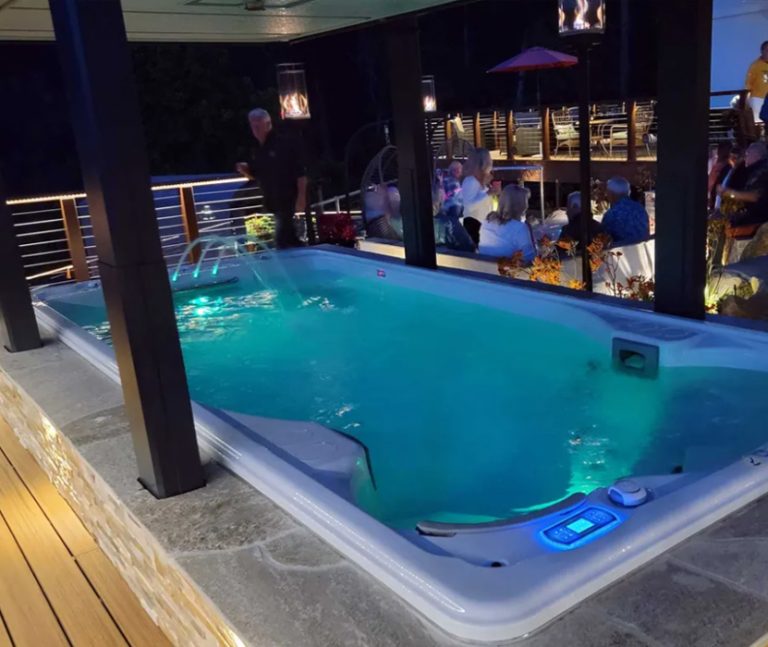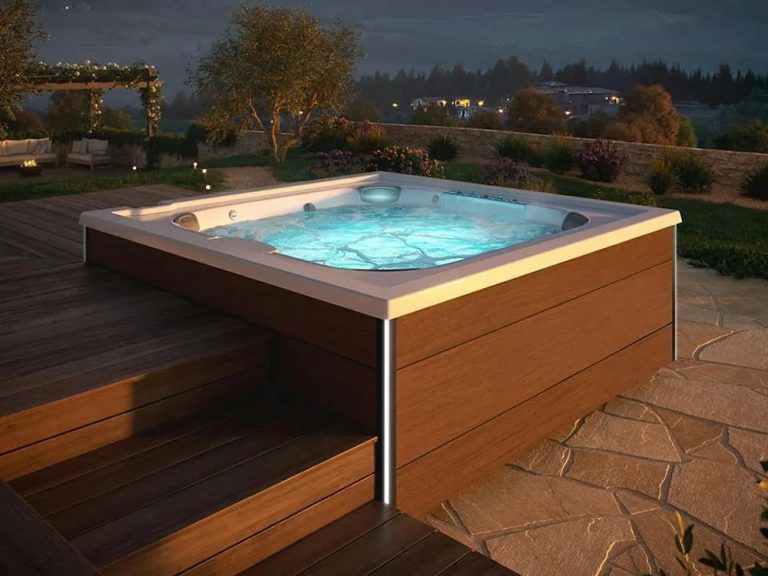How Much Will My Electric Bill Be Affected By A New Hot Tub?
If you are thinking about buying a hot tub, you may be Asking:
How much electricity does a hot tub consume?
How much will a hot tub affect my electricity bill?
These worries are very understandable; after all, hot tubs used to require a substantial amount of power to maintain the constant high temperature. However, if you’re purchasing a newer hot tub, there is some good news. In recent years, hot tub manufacturers have aggressively improved energy efficiency. So the change in your monthly bill is likely to be much less than you may dread. Here, we have addressed some of the most frequently-asked questions about how much you can expect your electric bill to increase when you add a new or used hot tub to your home.
How Much Electricity Does a Hot Tub Consume?
For large-ticket items, there are many variables that can factor into the overall cost. The cost of a hot tub depends upon the size, design, quality, and location, while the amount of energy your hot tub uses depends upon the following:
- The cost of energy per kilowatt in your location
- The climate in your location
- The size of your hot tub
- How well the hot tub is insulated
- Whether the hot tub has a high quality, custom-fitted cover.
What Affects a Hot Tub’s Electric Use?
- Frequency of usecan drive the cost to operate a hot tub up or down. The more use a hot tub obtains, the more energy it will require. More use means more heat loss, which powers the hot tub’s system and components to work harder.
- Taking good care of your tubby using a high quality, well-fitted insulated cover and cleaning the filters regularly will help reduce the hot tub’s electrical consumption.
- Heating up the water adds more to your monthly electric billthan maintaining the water at a constant high temperature. After heating up your new hot tub for the first time, your next bill will be slightly higher than it will be in subsequent months.
- Water replacement is part of normal maintenance. You will need to drain and refill the hot tub water two to three times each year. After refilling your hot tub, the water will need to be heated, which will cause a small increase in your next electric bill.
Should You Turn Off Your Hot Tub When It’s Not In Use?
The answer is no. Turning off your hot tub between uses will not save you money. Once the water is heated to your preference, you will save energy—and money—by keeping it at that temperature. It costs more to reheat the water from starting over every time you turn it on. Even if you only use your hot tub once a week, you should still leave it continually running. For timely vacations of up to two weeks, you may choose to lower the water temperature to as low as eighty degrees, but otherwise leave your hot tub operating as normal.
If your hot tub will be left unattended for more than two weeks, you may want to consider draining the tub, then refilling it when you return. As this can be a complicated, timely procedure, you may consider having a trusted individual periodically monitor the tub’s water quality while you are away.
Is It Too Expensive to Heat My Hot Tub In The Winter?
While energy costs do increase in colder weather, an energy-efficient hot tub with good insulation won’t cause your electric bill to spike in the winter months. You will pay more to heat your hot tub in the winter, but with a well-insulated model, the increase won’t be so dramatic.
How Can I Keep My Hot Tub Energy Costs Low?
Energy conservation rests to some extent in the hands of hot tub owners. Follow all the tub’s manufacturer’s instructions and the advice of your hot tub dealer for operation and maintenance. Your energy costs can be kept within reason. To maximize energy efficiency, always leave the hot tub running with the water set at a constant temperature, clean the filters regularly, and keep your tub covered with a high-quality well-fitted insulating cover when not in use.

